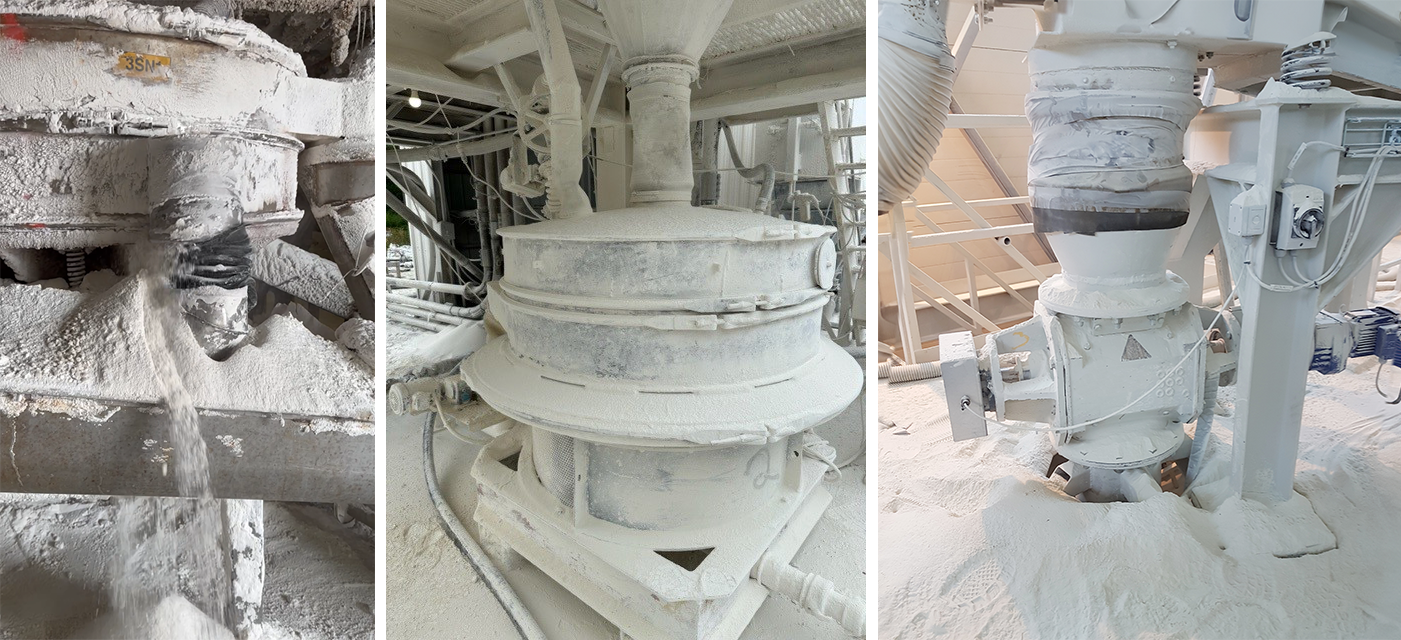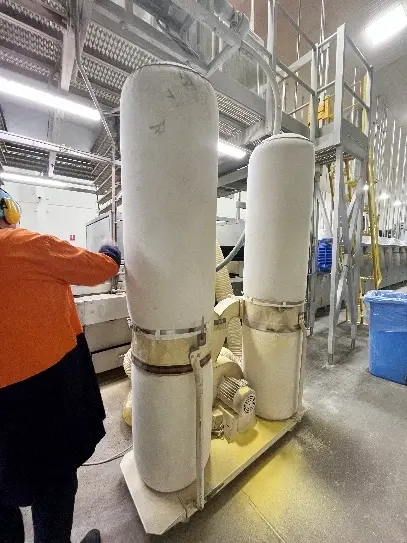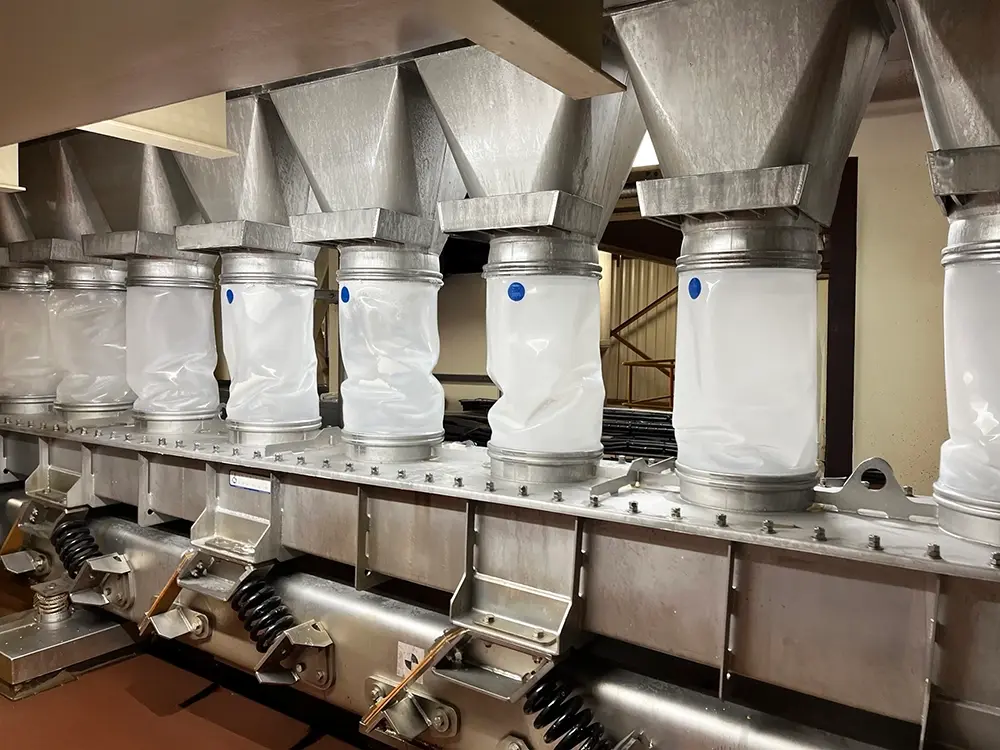 The plastics manufacturing industry requires a considerable amount of handling and processing of dry powders—whether it’s polymer resins, colour masterbatch, flame retardants, stabilisers, or fillers like talc and calcium carbonate. While these materials are essential for producing high-performance plastic products, they come with a hidden risk: dust explosions.
The plastics manufacturing industry requires a considerable amount of handling and processing of dry powders—whether it’s polymer resins, colour masterbatch, flame retardants, stabilisers, or fillers like talc and calcium carbonate. While these materials are essential for producing high-performance plastic products, they come with a hidden risk: dust explosions.
When fine plastic powders become airborne and accumulate in confined areas, they create the perfect conditions for a potentially catastrophic event. Effective dust control isn’t just a matter of cleanliness—it’s a critical safety priority.
Understanding the Dust Explosion Risk in Plastics
Many powdered materials used in plastics manufacturing are classified as combustible dusts. This includes:
• Polyethylene and polypropylene powders
• PVC resin dust
• Organic pigments and carbon black
• Additives such as stabilisers, plasticisers, and flame retardants
When dispersed in the air in sufficient concentration and exposed to an ignition source (like static electricity or frictional heat), these dusts can ignite, triggering a powerful explosion.
 The key conditions for a dust explosion are:
The key conditions for a dust explosion are:
- A combustible dust
- Dust dispersion in air
- A confined space
- An ignition source
- Oxygen
Plastics production factories often meet all five conditions at material transition points where dust is generated or leaks from equipment.
Where the Risks Are Highest: Dust Leakage at Transitions
In plastics production, product transitions—such as silo discharge, sieving, mixing, conveying, and packaging—are common points for dust to escape into the surrounding environment. Traditional hose-clamp flexible connectors are a frequent weak point, as no matter how tightly clamped, there will always be a small crevice or fold that will allow dust to leak out between the sleeve and pipe.
These small dust releases may not seem significant, but over time, they can lead to dangerous dust accumulation and airborne clouds that dramatically increase explosion risk.
The Role of ATEX and Dust Hazard Compliance
In most countries, facilities that handle combustible dusts must comply with ATEX or other dust hazard compliance directives, which set out minimum requirements for equipment and working environments in explosive atmospheres.
Key requirements include:
• Dust-tight sealing of processing equipment
• Use of static-dissipative components to prevent ignition
• Regular inspection and cleaning of dust-prone areas
Failure to comply can result in regulatory penalties—or worse, workplace accidents.
How BFM® fittings Enhance Dust Safety in Plastics Facilities
The BFM® fitting system is designed specifically to address the weaknesses of traditional flexible connectors in powder handling environments.
Here’s how it significantly improves dust control and explosion safety:
- 100% Sealed, Leak-Free Connection
The unique snap-fit design sits on the inside of the pipe, completely eliminating the need for external clamps. This creates a sealed, pressure-tight connection that prevents fine dust like polymer powder or pigment from escaping, even under pressure, vibration, or vacuum.

- Static-Dissipative Options
BFM® offers sleeves made from ATEX-compliant, static-dissipative materials, helping to reduce the risk of electrostatic discharge—one of the most common ignition sources in dust-related incidents. - Tool-Free Maintenance
Standard BFM® connectors can be removed and replaced in seconds without tools, meaning less downtime during inspections or product run changeovers and safer, quicker response if replacement is needed.  Tested to Highest Standards
Tested to Highest Standards
BFM®’s system is independently tested by IBExU and is used in ATEX-zoned environments around the world. Pressure and explosion testing have demonstrated BFM®'s superior seal and they will contain overpressures in excess of 60kPa.
Making Safety a Priority in Plastics Processing
Process safety has to be a top priority for plastics manufacturers looking to increase productivity and efficiency. Explosion prevention begins with controlling dust at the source, and that means using high-integrity, durable, and certified containment solutions.
By eliminating weak points in your powder handling system, BFM® fittings help reduce the risk of ignition, support regulatory compliance, and create a cleaner, safer workplace for your staff.
Safer Plants Start with Smarter Connections
Dust is both inevitable and dangerous in the plastics manufacturing industry, so upgrading your flexible connector systems can make a significant impact. Whether you’re handling fine polymer powders, additives, or pigments, BFM® fitting flexible connectors offer the sealing performance, durability, and compliance you need to make explosion prevention a real part of your safety strategy.
Protect your people, your plant, and your product—choose BFM® for a safer future in plastics manufacturing.



